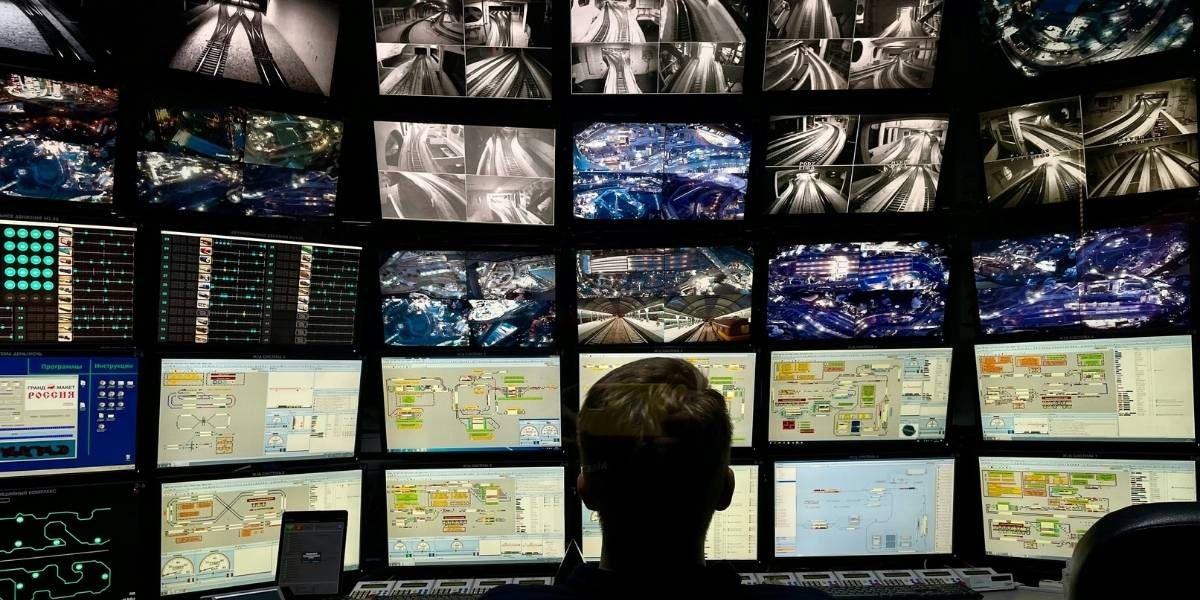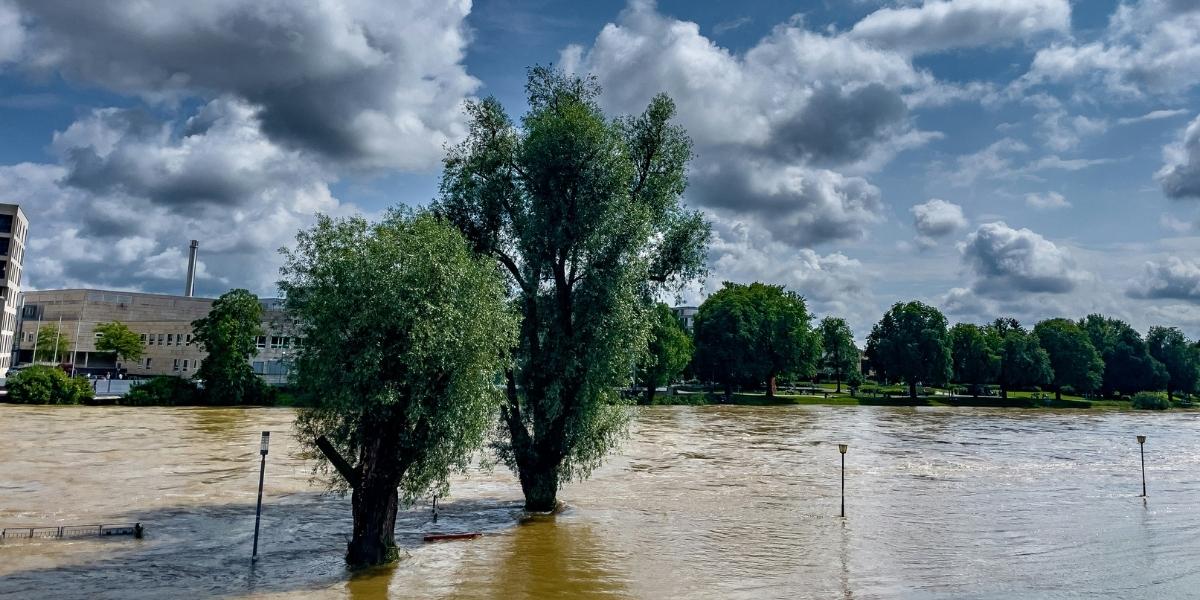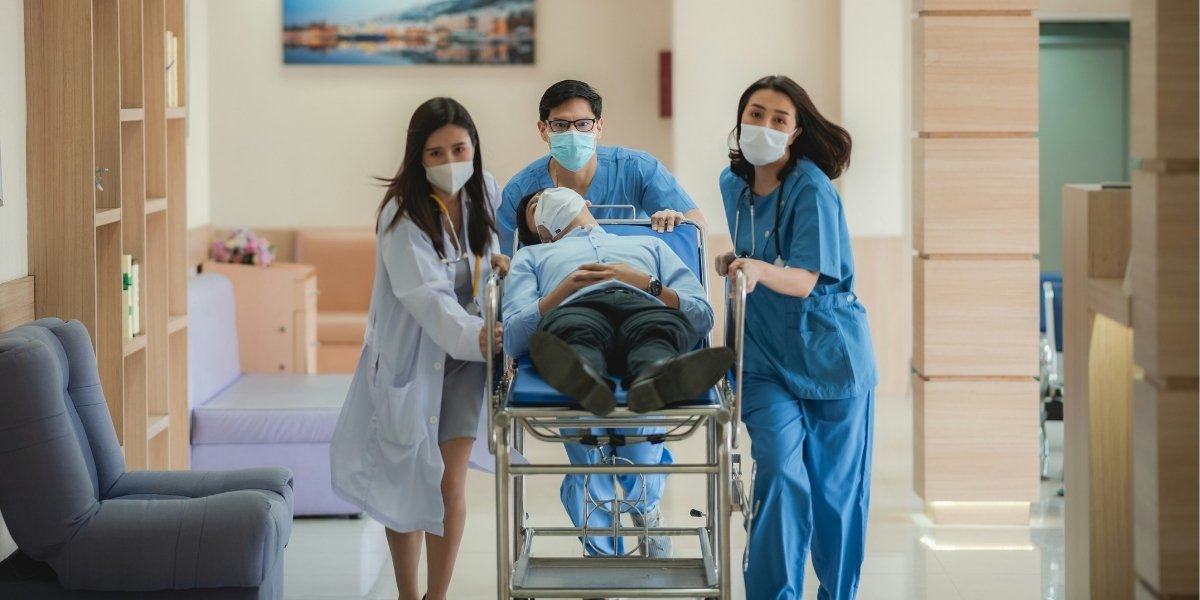The Ever-Watching Eye: Examining the Pervasiveness and Implications of CCTV Technology
Closed-Circuit Television, more commonly known as CCTV, has become a near-permanent fixture in public and private spaces. Once limited to high-security installations, this technology is now a familiar presence in everyday environments—monitoring traffic, safeguarding businesses, and even guarding front porches. While often associated with crime prevention, the scope of CCTV has grown considerably, raising important questions about privacy, ethics, and the future of surveillance in a digitally connected world.
Read Also: Turning Trash Into Treasure: Waste Management Innovations
Historical Evolution and Technological Advancements
The journey of CCTV technology began with basic analog systems, designed for real-time monitoring through hardwired setups. These early models relied on coaxial cables and limited storage, making archiving or sharing footage difficult. Over time, innovations pushed the boundaries of what CCTV could do.
The transition to digital and IP-based systems marked a turning point. These newer models offer higher resolution, remote accessibility, and scalable network integration. Today’s cameras are equipped with infrared vision, motion detection, and AI-powered analytics. Instead of just recording footage, modern systems can now identify specific objects, recognize faces, and detect unusual activity in real time.
Storage solutions have evolved alongside these advancements. Where early systems used physical tapes, current models rely on cloud storage and network-attached devices, enabling efficient retrieval and long-term archiving without physical constraints.
Technical Functionalities and System Components
A typical CCTV system includes several integrated components, each playing a critical role in ensuring seamless operation.
Cameras come in various designs—dome, bullet, and PTZ (pan-tilt-zoom) being the most common. Dome cameras provide wide coverage in indoor settings, bullet cameras excel in outdoor visibility, and PTZ units offer dynamic surveillance by moving and zooming in response to activity.
Recording devices like Digital Video Recorders (DVRs) and Network Video Recorders (NVRs) store footage for review. DVRs are typically paired with analog cameras, while NVRs support IP-based systems and allow footage to be accessed remotely via internet-connected devices.
Monitors and user interfaces let operators view live feeds or review past recordings. These are often complemented by motion sensors, audio input, and network infrastructure that enable smooth video transmission across multiple locations.
Each of these components contributes to a broader surveillance network capable of not just watching but interpreting what it sees.
Diverse Applications Across Sectors
CCTV technology is now used far beyond traditional security roles. Its applications vary significantly depending on the environment.
In law enforcement, cameras are used for monitoring public spaces, collecting evidence, and supporting emergency response. Many cities use them to oversee high-traffic areas or locations with historically high crime rates.
Retailers rely heavily on CCTV for theft prevention, inventory monitoring, and even customer behavior analysis. Cameras can help identify suspicious activity or assist in managing crowd flow during peak hours.
In transportation, CCTV enhances both safety and efficiency. Cameras monitor highways for accidents, intersections for traffic light compliance, and stations for security and operational coordination.
Healthcare facilities use cameras not only for security but also for patient safety and operational oversight, especially in high-risk areas like emergency departments.
Schools and universities adopt CCTV for campus safety and to discourage vandalism or unauthorized access. Meanwhile, residential communities often use video doorbells and perimeter cameras for peace of mind and property protection.
In industrial environments, surveillance supports workplace safety, equipment monitoring, and compliance with operational standards.
The Role of CCTV in Security and Crime Prevention
One of the primary justifications for CCTV deployment is its ability to enhance security and reduce crime. While its effectiveness can depend on placement, visibility, and system quality, there’s no question that surveillance can serve as a deterrent to opportunistic criminal behavior.
Visible cameras often dissuade petty theft, trespassing, and vandalism. In some cases, simply knowing a camera is present is enough to alter behavior. When crimes do occur, video footage serves as valuable evidence, helping to identify suspects, reconstruct events, and support legal proceedings.
That said, studies on the broader impact of CCTV on crime rates have yielded mixed results. Some urban areas report reductions in specific types of crime, such as car theft or property damage, while others show negligible change. The perceived effectiveness of CCTV may rely more on how systems are used rather than their mere presence.
Societal Impact and Public Perception
The increasing presence of surveillance cameras in everyday life has reshaped not only physical spaces but also human behavior. In public areas, people often report feeling safer knowing that cameras are watching. However, that sense of security can be double-edged.
As surveillance becomes normalized, some individuals experience a psychological shift, adjusting their behavior due to the feeling of being observed. This self-monitoring can have subtle impacts on freedom of expression and movement. For some, it fosters caution. For others, it raises discomfort or mistrust.
Public perception of CCTV is also influenced by transparency. When individuals understand where and why cameras are used—and how footage is handled—they’re more likely to support surveillance efforts. Without clear communication, however, the presence of cameras can feel invasive, leading to resistance and skepticism.
Ethical and Legal Considerations
The deployment of CCTV systems brings with it a host of ethical and legal challenges. Chief among these is the right to privacy. As surveillance expands into residential neighborhoods, workplaces, and even schools, concerns grow about the extent to which individuals are monitored without consent.
Data security is another pressing issue. With footage increasingly stored in the cloud or on networked systems, the potential for data breaches rises. Improper access or unauthorized use of video data can lead to privacy violations, identity concerns, and legal liability.
The introduction of facial recognition into CCTV systems has sparked additional controversy. While powerful, these tools can produce false positives and are often less accurate for individuals with darker skin tones, raising questions about bias and discrimination in automated surveillance.
Legal frameworks vary widely by region. Some countries have robust privacy laws governing camera placement and footage retention, while others have minimal oversight. As technology advances, there is a growing call for clear regulations, transparency in deployment, and mechanisms for accountability.
The Future of CCTV: Integration and Intelligence
The future of CCTV lies in integration and intelligence. Systems are no longer standalone tools; they’re becoming interconnected components of broader security ecosystems.
The rise of artificial intelligence is transforming passive cameras into proactive sentinels. AI-powered video analytics can detect anomalies, unauthorized access, or suspicious movement, triggering real-time alerts. Some systems are even capable of predictive analysis, assessing behavior to identify potential threats before they materialize.
Read Also: The Secret to Thriving in Life: Tips for Personal Development
Integration with other technologies—such as access control systems, alarms, and smart city infrastructure—is streamlining security management across large, complex environments. The convergence of surveillance, automation, and analytics offers the potential for greater safety but also demands a new level of ethical responsibility.
Looking ahead, questions will continue to arise about how much surveillance is too much. As capabilities expand, so too must the conversations about rights, fairness, and accountability in a world increasingly shaped by the watchful eye of CCTV.







